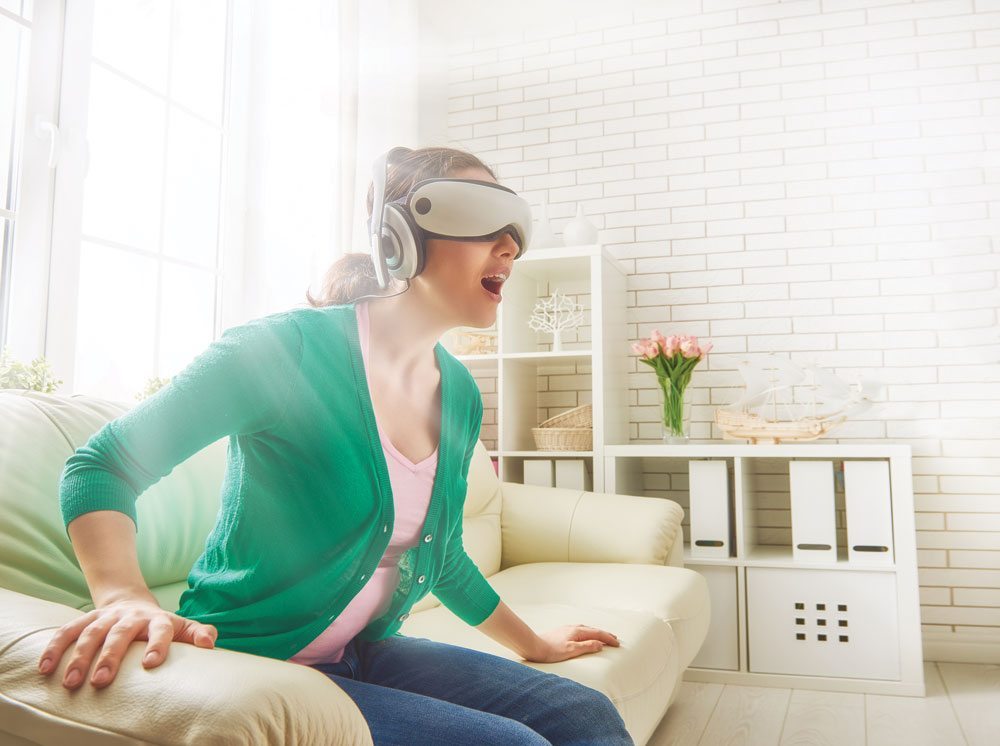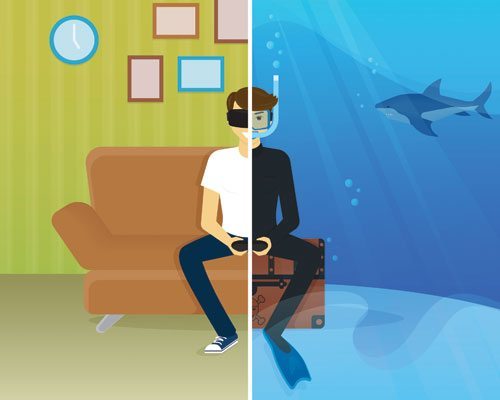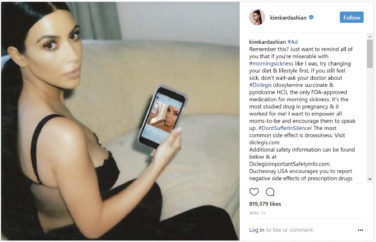
We’ve all seen the next big tech must-have: Virtual reality glasses. But how else can we use VR? As it turns out, VR is already going far beyond providing consumers with a futuristic video game-like experience. It is opening the doors to the future of education, science, healthcare, and environment. What follows are just four of the most exciting breakthroughs in the VR industry:
1. As video and remote doctor consultations become more popular, it’s not hard to imagine that VR could be used for the same purpose. But virtual reality consultations between patients and doctors can have many more benefits. Savings and quality/quantity of available healthcare could increase if patients in remote or rural areas can see a doctor virtually, or a post-operative patient can make a follow up appointment while recuperating at home. Non-emergency cases in the digital space could save time and money in ERs. At the least, more patients could see a doctor in much less time—a plus for both the patient and provider.
2. For the past couple of years, VR has been introduced into K-12 schools throughout the world. Google gave thousands of schools a complete VR kit to take students on virtual trips anywhere from the Great Wall of China to Mars. Google ensured that schools around the world could use the kit, regardless of their finances, by including a router that allows the tours to run without an Internet connection; Google Cardboard viewers or Mattel View Masters that turn the included ASUS smartphones into VR headsets; and tablets for teachers to direct the tour. While many expect VR to shape student learning in the sciences, the program also proved that attending Romeo and Juliet at the Globe Theatre right from your seat is just as impactful.
3. Climate researchers hope that VR can break public apathy and increase environmental engagement. By virtually becoming an animal, anyone can tour the acidifying ocean or the collapsing rainforest, making it more difficult to ignore the reality of the effects of climate change. The environmental empathy method seems to work, as researchers in Stanford note. In one such case, subjects took a virtual shower and were forced to “virtually” eat coal to demonstrate how much energy is consumed to heat the water. Afterwards, heat sensors in sinks showed the participants used much less hot water after a virtual experience.

4. Beyond providing better training for med students, VR has amazing medical implications. It has been shown to help paraplegics regain some brain function associated with moving their limbs, makes “exposure therapy” for PTSD more effective, and helps distract and relax those who suffer from chronic pain or anxiety. It has even been effective in helping children with autism develop social skills by allowing them to learn social cues and appropriate responses in a safe environment—truly exciting stuff.






